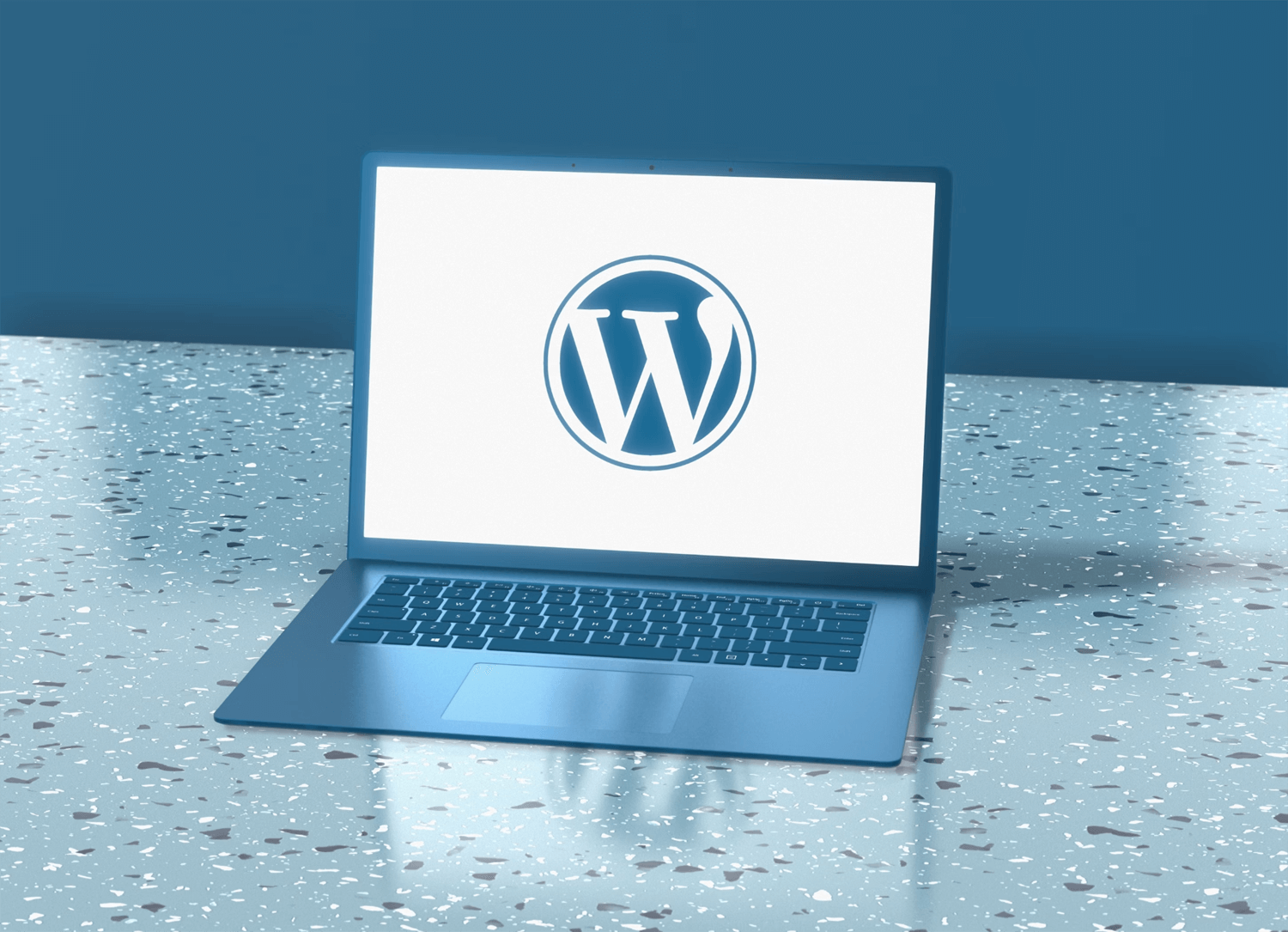
In today’s interconnected world, you may be reaching out to people from diverse language backgrounds. It is good to consider a multi-language website to cater to these groups. If you are designing a WordPress website, there are a few things you need to keep in mind to have multiple languages, as we have explained below.
Use Consistent Branding across Languages
Strive to create a consistent user experience, no matter the language that visitor selects. This is vital for the growth of your brand and eliminates confusion when bilingual visitors visit the website. It also makes it easier for your web design company to update the website, as you do not need a different template for each language option. Go for global templates so that visitors see the same layout, branding and web design elements in any language that they select.
Make it Easy to Find the Language Switcher
Place your language switcher in a location that is easy to find when visitors come knocking. It may be difficult for a visitor who does not understand the default language to scroll through various options if the language changer is hidden. The best locations for the language changer are at the top or bottom of the homepage. It can also be at the top of your side menu.
In the same breath, make it easy for visitors to pick a language of choice by indicating the language as written in the native text. For example, instead of writing ‘German’, consider using ‘Deutsch’ You can also arrange languages in a drop-down menu or use flags of countries where the language is native.
Do not Force Language Based on Geolocation
Most brands force visitors to use certain languages based on their location. Some will force you to use sites based on specific countries where the selected language is native. However, it does mean that the visitor resides in a particular country or region just because they chose a native language. If you wish to guide them to visit the website that serves a particular location, add a location changer beside the language tab.
Be Careful with Auto-detecting Languages
Many multilanguage WordPress sites detect the native language of the web browser or the location of the visitor. However, there is usually a problem when users do not get to accept the default language choice. For example, a native English speaker may be on holiday in France. It would be wrong to force them to use French just because of their location. Other users may be using a VPN, which would give the wrong location. A practical approach is to ask them to confirm their choice of language soon after they visit the language.
Account for Text Contraction and Expansion
When a language is translated into another, the length of the text may change. Languages such as Japanese and Chinese are very concise, as a few characters may convey the entire message contained in a paragraph. On the other hand, German and English are quite wordy and may take up more space. This may present additional challenges when laying out your website design.
One way to work around the issue is to go for adaptive translation tools. These have adaptive UI elements like input fields, buttons and descriptive text. Second, you can adapt text according to its size. If the text is long, the font size may change to accommodate the extra characters. This may apply to descriptive text and footnotes.
Finally, keep in mind that lines and character heights may change from one language to another. Other languages, like Arabic, may need extra vertical spaces. Account for that in your layout.
Conclusion
When designing a multilanguage WordPress website, ensure that users can change languages with ease. Also, accommodate character height and text size requirements while maintaining a consistent brand message.